The challenge does arise in how to create a perfect design keeping the end user in mind? Generally, the selection of the end-product is never made by its end-users. It is usually selected on the basis of the business processes and their needs
Since business these days require customizable solutions, therefore, it is necessary to focus on the specifications by implying them from the manual user adoption process.
Product Design
Earlier the term ‘Product’ was used to name the goods in the marketplace but now it is used almost in every field of digital marketing and information technology. The designing of a particular product involves thorough research on target users.
Find out the Purpose first
When it comes to the designing of the product, the business should ask these three questions first.
- What is the product?
- For whom we are designing this product?
- What are we trying to achieve from it?
The solution to the problems mainly lies in the following steps.
- Research
Research about the market needs by asking customers about their problems and observe the gap between the real problem and the customer.
- Define a clear point of view
Generate a clear point of view about the problem and its possible solutions i.e. what needs to be done and why it needs to be done based on the market research.
- Brainstorm all the ideas
Write down all the ideas after conducting a brainstorm session. Highlight the possible solutions.
- Conduct a Hypothesis
Now out of all the possible solutions, generate the user response by testing them on the potential users i.e. create a prototype and see if it works.
- User Feedback
The most important task as it helps in getting the required feedback about the solution if it actually works or not.
The Design Process- The know-how and Tips
After testing and receiving the response of the users, next comes the design process that actually converts the product into its real form. These are the key steps involved in the designing process that will help to know more about the product for further development.
1. Setting Vision and Strategy
A clear vision knows what to do and a clear strategy knows how to do it. Focus on your plan and drive a perfect strategy for the product, set boundaries and specific deadlines to meet the product requirements.
Tips
- Create a value proposition by working backward i.e. putting the potential users and their feedback as the center of focus when defining the strategy and conducting a press release
- Also, prepare a list of the proper set of benefits involved with the product.
- Ensure that all the team members are aligned with the strategy and clear about the vision
2. Product Research
Good research helps in the development of the product in the best possible manner. It involves collecting user analysis through online surveys and interviews and conducting market research.
Tips
- Limit your questions to the business goals.
- Open-ended questions are always better than close-ended questions as they give a more detailed view.
- Ask feedback from experienced interviewers.
- Observe body language and collect behavioral data by conducting interviews in person.
- Conduct market research by identifying direct and indirect competitors.
3. Ideation
This is a critical process as generating creative ideas through brainstorming could lead to best or worst case scenarios.
Tips
- Create a simple user journey map to describe the journey of the user from signing up to successfully purchasing the item.
- Draw a wireframe for the designers and the developers to visualize the content related to the development of the product.
4. Design
This is the most complex and important process after the ideation process as it requires the implementation of all the concepts.
Tips
- Draw a paper prototype first as it helps in solving the bigger picture. Review it and iterate if necessary.
- Then, build a better prototype using digital sketches to illustrate the specifications to the designers.
- Communicate every piece of the detail about how the design looks and works through a design handoff document which mentions all the specifications.
5. Validate
Now comes the testing part right after the development of the end-product.
Tips
- Test it out first with the team members. It will create empathy and coordination among the team members.
- Then, invite a small amount of potential targeted group for general testing.
- Provide the users and the team members with a clear feedback form which is open to all sorts of constructive criticism.
- Conduct necessary future analysis about the market expectations from the product.
6. Post-launch activities
This final step is a never-ending process which is to maintain and update the quality of the product by experimenting with new modifications and relying on the consumer data.
Tips
- Collect consumer feedback through Google analytics or by placing product survey ads.
- Always provide users with an option or a link to take their detailed feedback manually or digitally.
- Stay updated about the ongoing marketing needs and trends.
- Develop the habit of A/B testing i.e. testing the design changes.


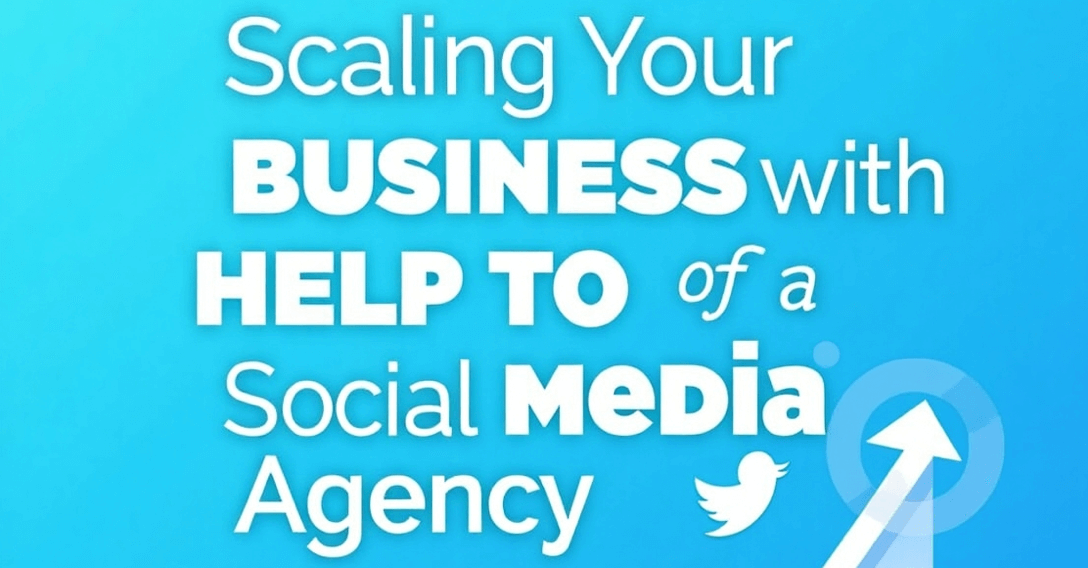

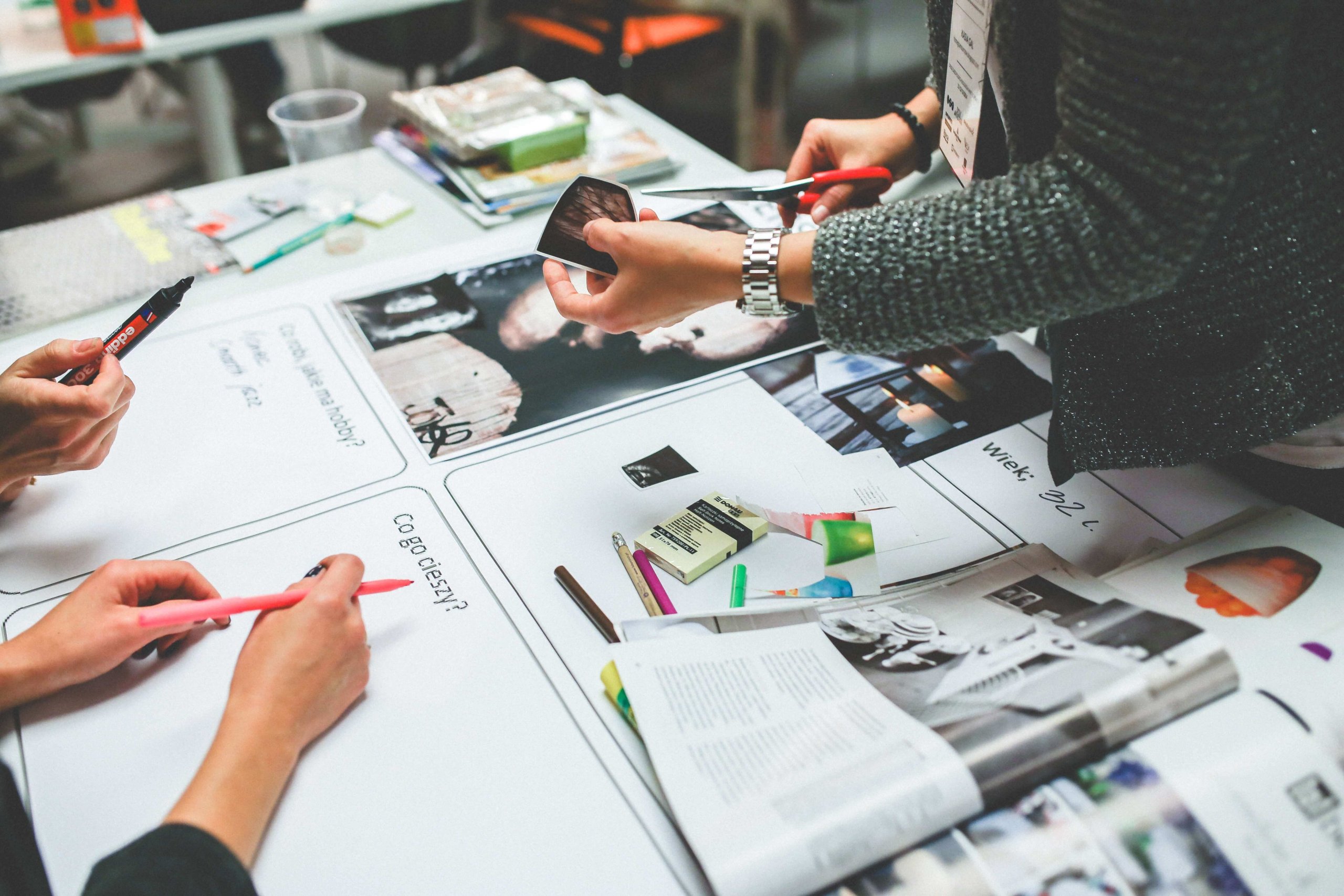
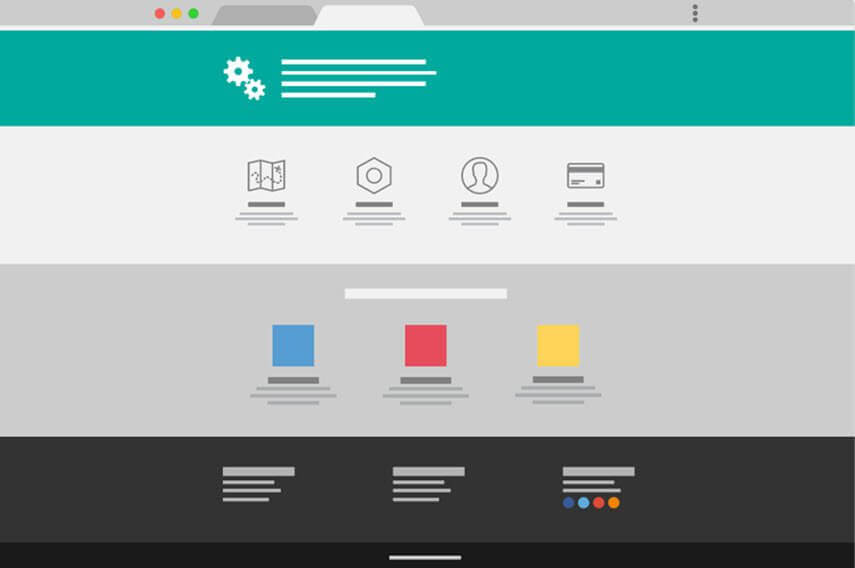














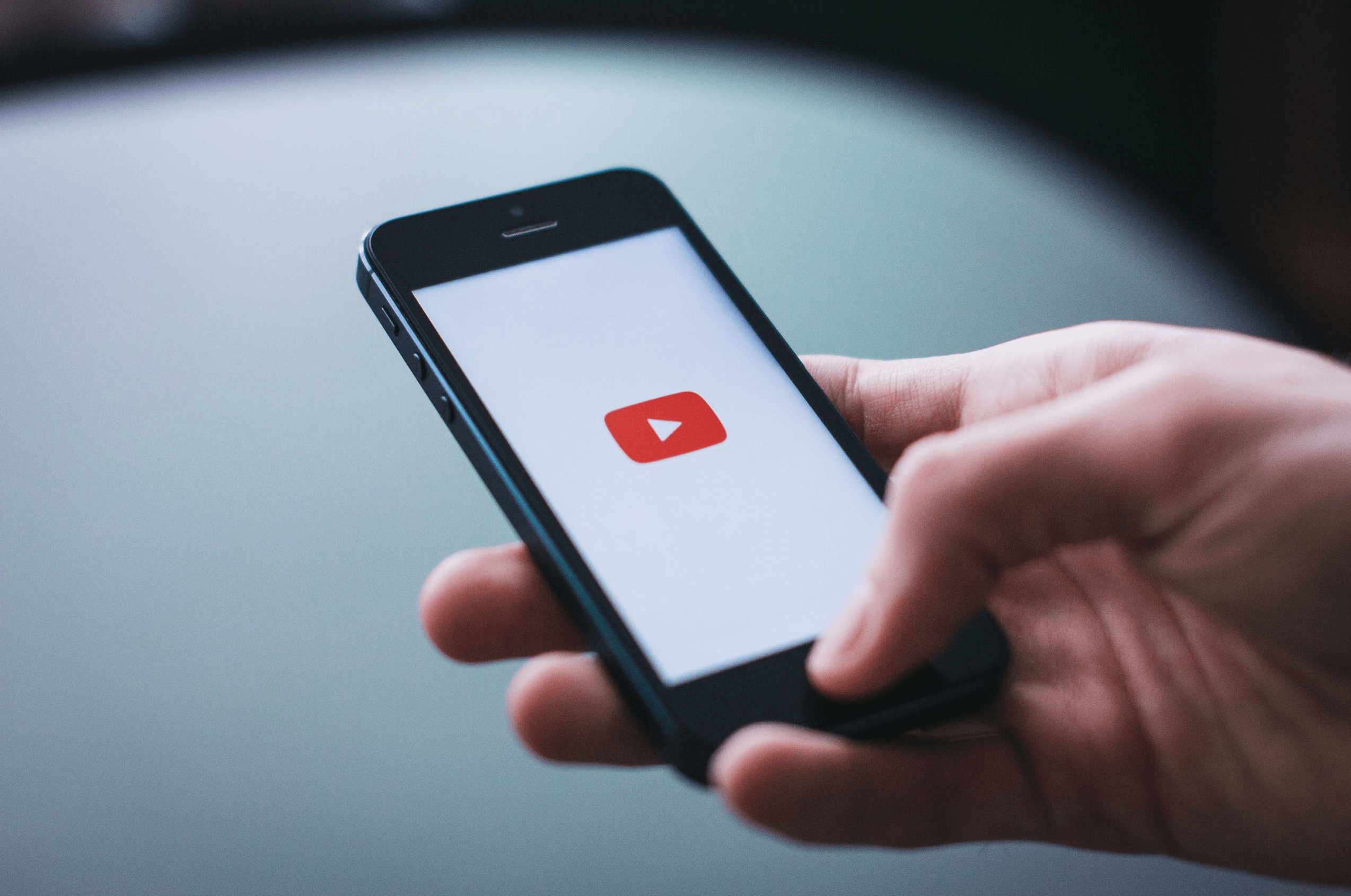

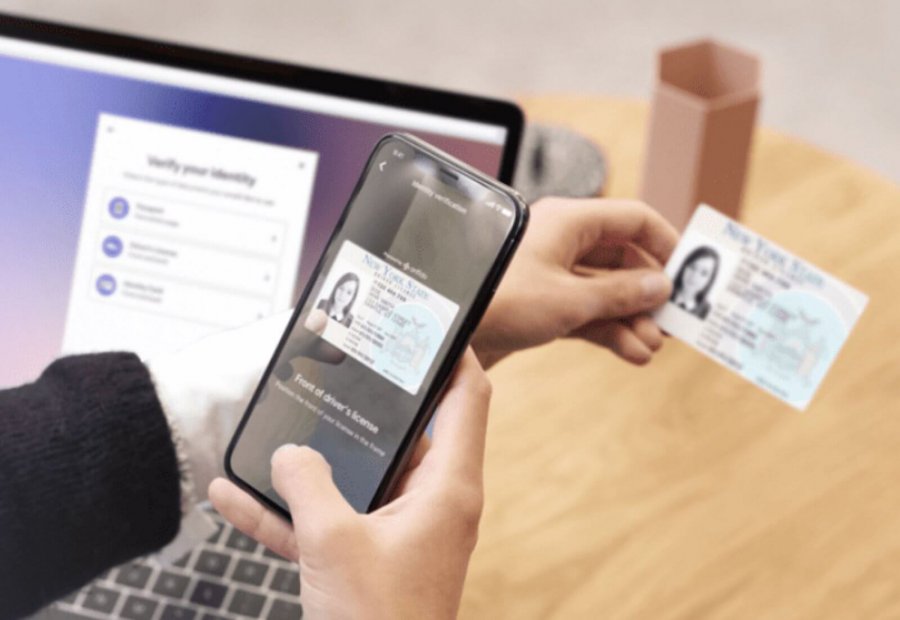


Leave a Reply